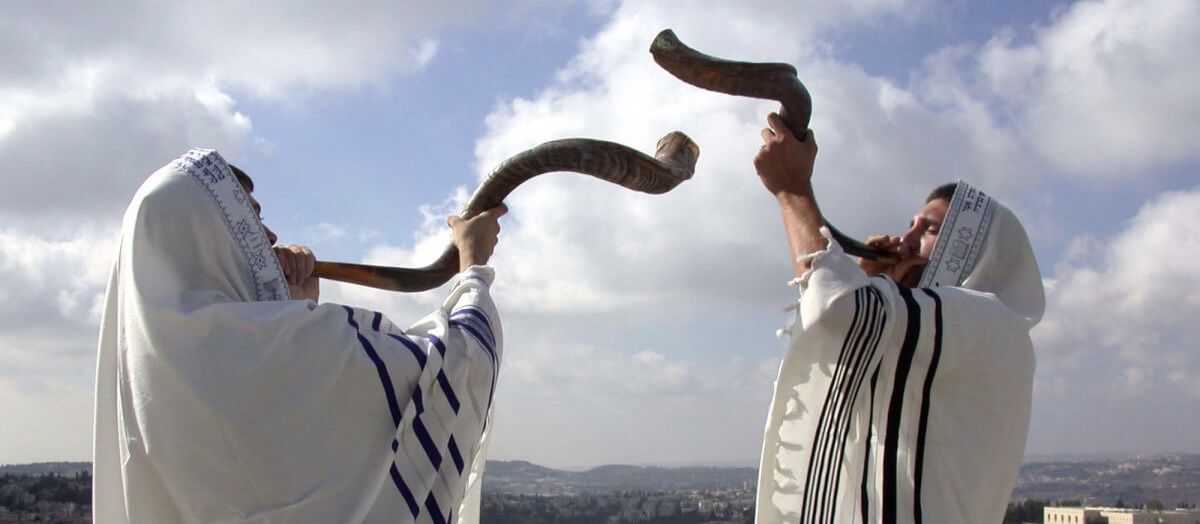Yom Kippur
Yom Kippur 9th Tishrei.
Yom Kippur commemorates the day that God forgave the Jewish people for the sin of the Golden Calf. Forty days after hearing God say at Mount Sinai: “You shall not have the gods of others in My presence; you shall not make for yourself a graven image,” the Jews committed the cardinal sin of idolatry.

Moses spent nearly three months on top of the mountain pleading with God for forgiveness, and on the tenth of Tishrei it was finally granted: “I have pardoned, as you have requested.”
From that moment on, this date, henceforth known as the Day of Atonement, is annually observed as a commemoration of our special relationship with God, a relationship that is strong enough to survive any rocky bumps it might encounter. This is a day when we connect with the very essence of our being, which remains faithful to God regardless of our outward behavior.
And while it is the most solemn day of the year, we are also joyful, confident that God will forgive our sins and seal our verdict for a year of life, health, and happiness.
For nearly twenty-six hours – from several minutes before sunset on Tishrei 9 until after nightfall on Tishrei 10 – we “afflict our souls”: we abstain from food and drink, do not wear leather footwear, and abstain from spousal intimacy. We are likened to the angels, who have no physical needs. Instead of focusing on the physical, we spend much of our day in the synagogue, engaged in repentance and prayer.
In the course of Yom Kippur we will hold six prayer services: 1) Maariv, with its solemn Kol Nidrei service, on the eve of Yom Kippur; 2) Shacharit—the morning prayer; 3) Musaf, which includes a detailed account of the Yom Kippur Temple service; 4) Minchah, which includes the reading of the Book of Jonah. 5) Yizkor service, In the Yizkor prayer, we beseech G d to kindly remember the souls of our dear departed ones.
Finally, in the waning hours of the day, we reach the climax of the day: the sixth prayer, the Neilah (“locking”) prayer. The gates of Heaven, which were open all day, will now be closed—with us on the inside. During this prayer we have the ability to access the most essential level of our soul. The Holy Ark remains open throughout. The closing Neilah service climaxes in the resounding cries of “Hear O Israel… God is one.” This is followed by a single blast of the shofar, and the proclamation, “Next year in Jerusalem.”
After the fast we partake of a festive after-fast meal, making the evening after Yom Kippur a Yom Tov (festival) in its own right. We immediately begin to look forward to the next holiday and its special mitzvah: the construction of the sukkah.
